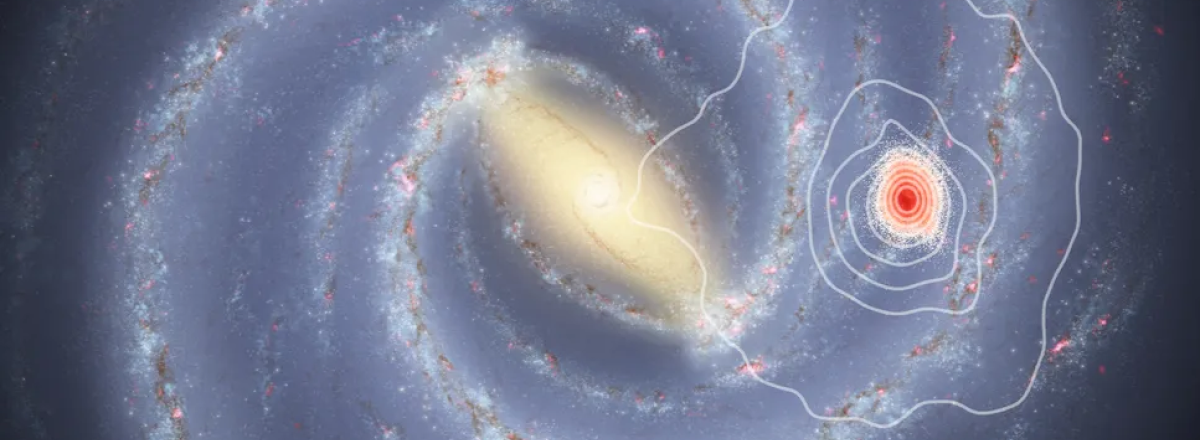Ancient Stars Near the Sun May Rewrite the History of the Milky Way
The study, which used data from the Gaia spacecraft, revealed that these ancient stars are located within the thin disk of the Milky Way—a region that was thought to have formed around 8 to 10 billion years ago.

Researchers from the Leibniz Institute for Astrophysics Potsdam have identified a group of ancient stars near our sun that may force scientists to rethink the history of the Milky Way. These stars, formed less than a billion years after the Big Bang, suggest that our corner of the galaxy is billions of years older than previously believed.
The study, which used data from the European Space Agency's Gaia spacecraft, revealed that these ancient stars are located within the thin disk of the Milky Way—a region that was thought to have formed around 8 to 10 billion years ago. However, some of these stars are more than 13 billion years old, pushing the formation timeline of the Milky Way's thin disk much earlier, to within the first billion years of the universe's existence.
This discovery was made possible through advanced machine learning techniques that analyzed the age, chemical composition, and movement of over 800,000 stars in the solar neighborhood, a region extending 3,200 light-years around the sun. The findings showed that while many of these stars were expectedly metal-poor, some contained twice the amount of metals as our younger sun, indicating rapid metal enrichment in the galaxy's early stages.
This study not only redefines the timeline for the Milky Way's formation but also aligns with observations of other ancient galaxies. The research suggests that the Milky Way had an intense period of star formation early in its history, leading to the swift development of its structure.

